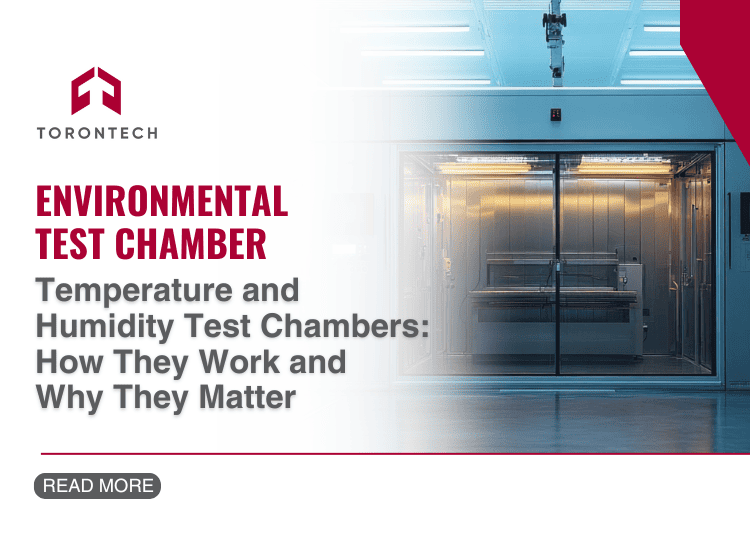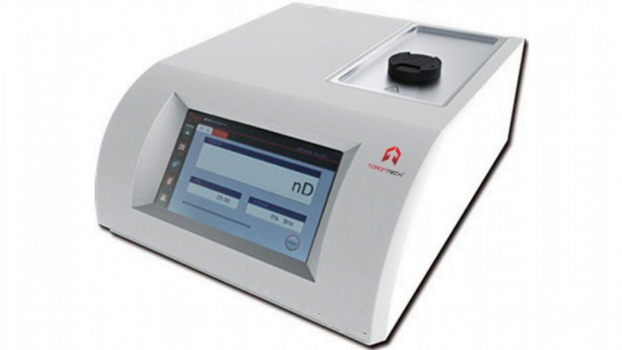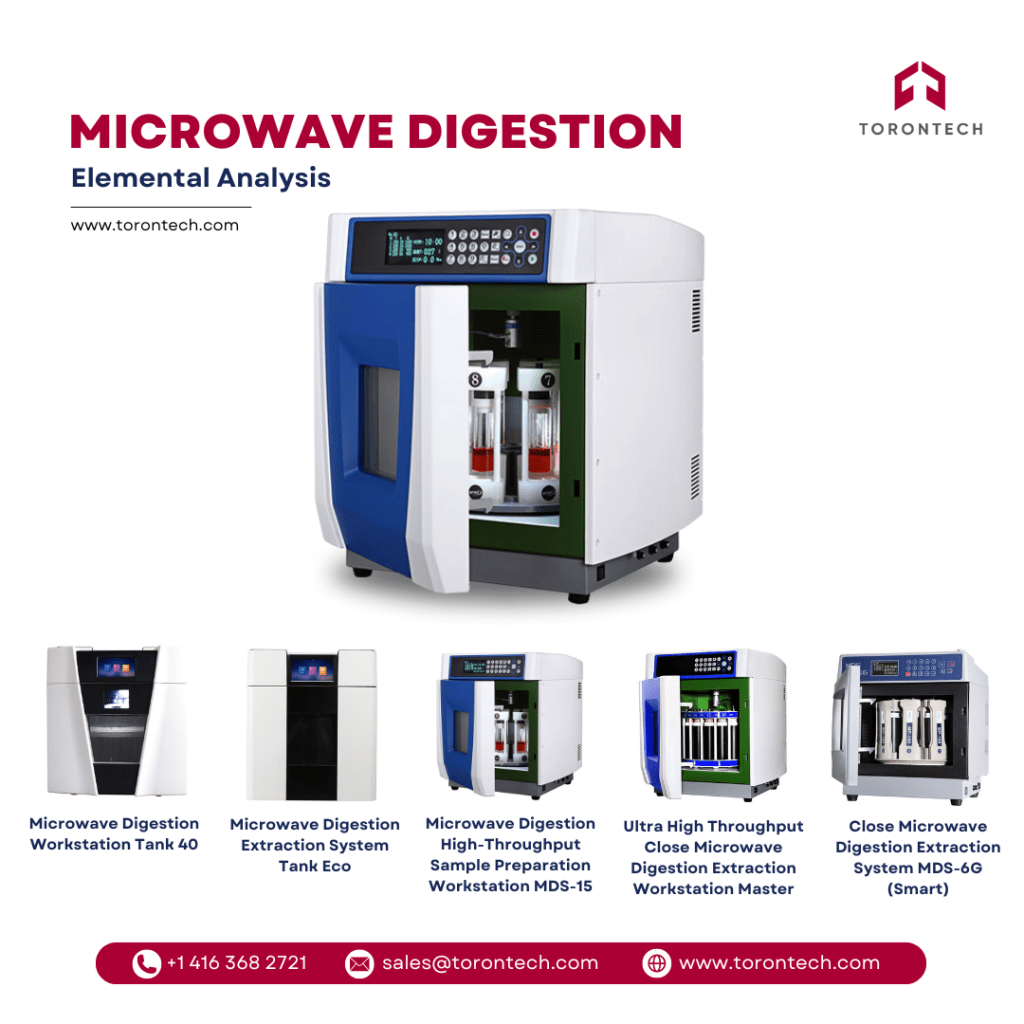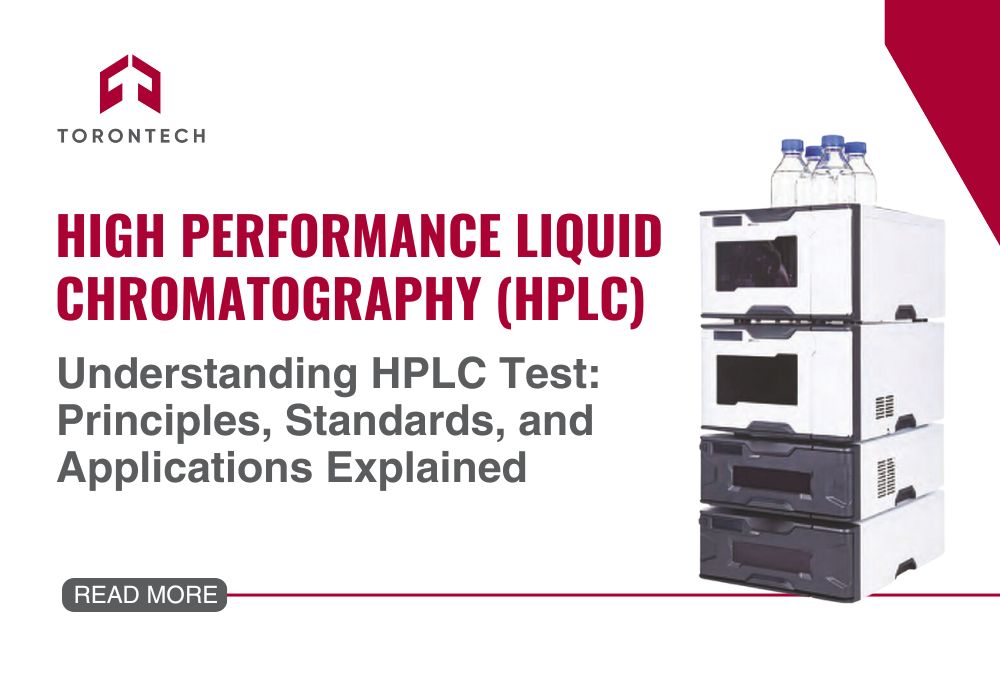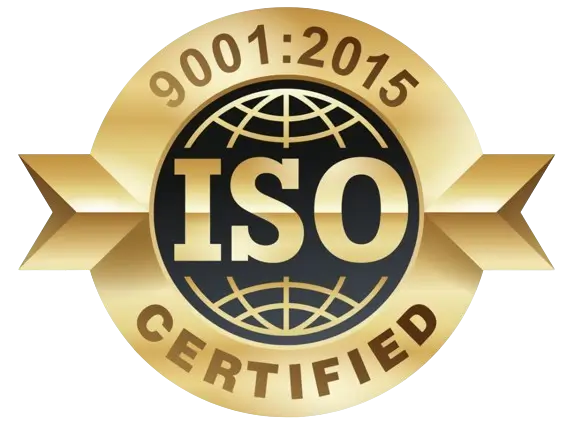Every product must withstand temperature fluctuations and humidity exposure at some point. From semiconductors to medical devices, real-world conditions can impact performance, durability, and safety. That’s where a temperature humidity test chamber comes in.
These chambers allow you to replicate extreme environments in a controlled setting, helping you validate materials and components before they reach the market. But how do they work, and what should you consider when choosing one? This guide answers these questions and more.
What is a Temperature and Humidity Test Chamber?
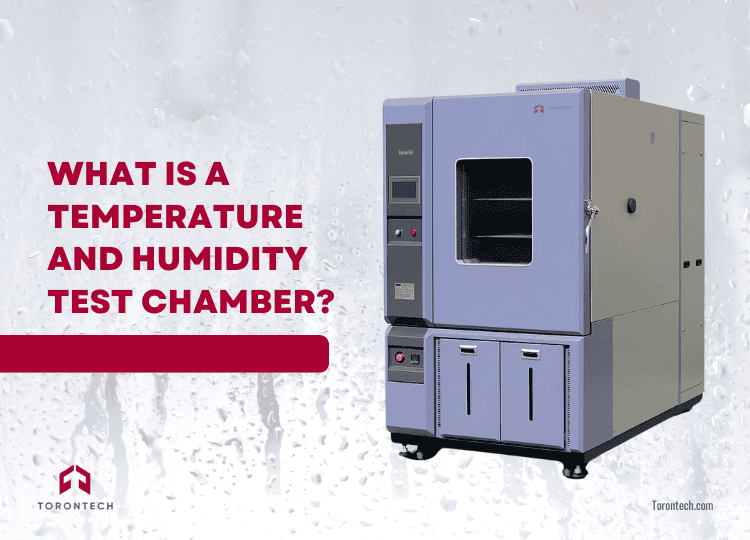
A temperature and humidity test chamber is a specialized environmental testing system designed to simulate various climate conditions. It allows you to expose materials, components, and products to controlled temperature and humidity levels, ensuring they meet performance, safety, and durability standards.
Manufacturers across electronics, automotive, aerospace, pharmaceuticals, and more rely on these chambers to predict how products behave under extreme conditions. Whether testing for heat resistance, cold endurance, or moisture absorption, a temperature humidity test chamber provides accurate and repeatable results.
Key Functions of a Temperature and Humidity Test Chamber:
- Temperature Simulation – Ranges from extreme cold to high heat for thermal stress testing in aerospace, automotive, and electronics.
- Humidity Control – Replicates dry and humid conditions to study corrosion in metals, moisture absorption in plastics, and stability in medical products.
- Cyclic Testing – Simulates daily or seasonal climate variations, critical for construction materials and communication systems.
- Accelerated Aging – Helps predict product lifespan under harsh environmental conditions, especially in food, chemicals, and electrical appliances.
By using a constant temperature and humidity test chamber, you can ensure compliance with ISO and IEC testing standards, validating the safety, durability, and performance of your products before they enter the market.
How Does a Temperature and Humidity Test Chamber Work?
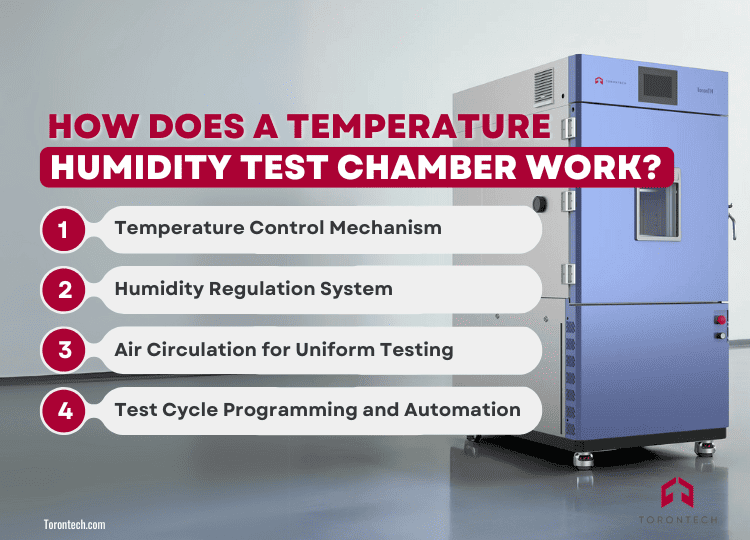
A temperature humidity chamber operates by creating controlled environmental conditions to evaluate how materials and products react to temperature fluctuations and humidity exposure. These chambers use precision heating, cooling, humidification, and dehumidification systems to maintain stable conditions, ensuring repeatable and accurate test results.
1. Temperature Control Mechanism
- The chamber uses a heating system (electric resistive heaters) to increase the internal temperature.
- For cooling, refrigeration or thermoelectric cooling systems lower the temperature to simulate extreme cold.
- Advanced PID (Proportional-Integral-Derivative) controllers regulate temperature changes to prevent fluctuations and maintain test accuracy.
2. Humidity Regulation System
- Humidification: Water vapor is introduced via a steam generator or ultrasonic humidifier to increase humidity.
- Dehumidification: A cooling coil condenses excess moisture, lowering humidity levels inside the chamber.
- Precision sensors continuously monitor and adjust humidity levels to ensure stable testing conditions.
3. Air Circulation for Uniform Testing
- High-performance fans and airflow systems distribute temperature and humidity evenly throughout the chamber.
- Proper circulation ensures that all test samples receive consistent environmental exposure.
4. Test Cycle Programming and Automation
- Modern temperature humidity test chambers feature programmable controllers that allow you to set custom test cycles.
- Ramp rate control simulates gradual or sudden temperature changes.
- Data logging systems record real-time conditions, ensuring compliance with ISO and IEC test protocols.
Types of Temperature and Humidity Test Chambers
Different industries require specific temperature and humidity test chambers based on their testing needs. Here are the most common types:
1. Constant Temperature and Humidity Test Chamber
This chamber maintains stable temperature and humidity levels for long-term testing. It is essential in electronics, medical products, food, and chemicals to assess durability, corrosion resistance, and shelf-life performance while ensuring ISO and IEC compliance.
2. Programmable Temperature and Humidity Test Chamber
Designed for custom test cycles, this chamber simulates real-world conditions for automotive, plastics, metals, and mobile devices. It helps manufacturers evaluate thermal expansion, contraction, and moisture absorption for improved product longevity.
3. Thermal Shock Test Chamber
This chamber exposes products to sudden temperature changes (-40°C to +150°C), crucial for aerospace, defense, and electronics. It ensures components withstand extreme conditions, meeting MIL-STD, IEC, and ISO requirements.
4. Walk-In Temperature and Humidity Test Chamber
A large-scale chamber for bulk materials and large equipment testing. Used in construction, electrical appliances, and automotive industries, it evaluates long-term exposure to extreme climates for product durability.
5. IEC & ISO Temperature Humidity Test Chambers
Built to comply with IEC 60068, ISO 16750, and ISO 11607, these chambers ensure standardized testing for electronics, automotive, and medical industries. They provide precise control, automated test cycles, and compliance certification.
Industries That Depend on Temperature and Humidity Test Chambers
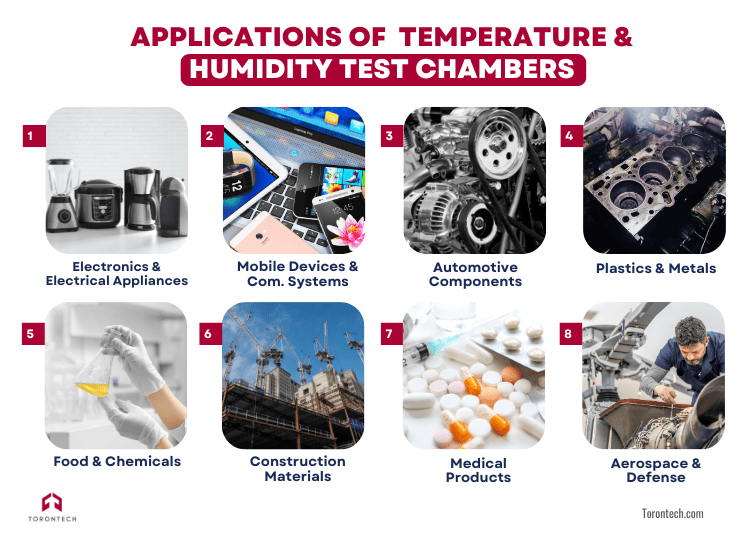
These chambers help manufacturers assess material stability, durability, and compliance with industry standards.
1. Electronics & Electrical Appliances
Semiconductors, circuit boards, and consumer electronics must endure temperature fluctuations and humidity exposure to prevent moisture damage, corrosion, and electrical failures. Compliance with IEC 60068 ensures product safety and longevity.
2. Mobile Devices & Communication Systems
Smartphones, tablets, and network equipment undergo humidity and temperature cycling tests to simulate real-world usage conditions, from tropical climates to extreme cold. These tests help reduce failure rates and improve device performance.
3. Automotive Components
Engines, batteries, and vehicle electronics must withstand extreme temperatures and humidity to ensure road safety and performance. ISO 16750 compliance is critical for durability in different weather conditions.
4. Plastics & Metals
Thermal expansion, contraction, and moisture absorption can weaken plastic casings, coatings, and metal structures. Testing under controlled conditions prevents cracking, warping, and material degradation.
5. Food & Chemicals
Shelf-life testing ensures food products remain safe and stable under varying storage conditions. Chemical formulations, including adhesives, coatings, and pharmaceuticals, require precise humidity and temperature testing for regulatory approval.
6. Construction Materials
Cement, insulation, and building materials must endure temperature fluctuations and high humidity to ensure structural integrity over time. Environmental testing helps prevent premature failures in real-world applications.
7. Medical Products
Pharmaceuticals, medical devices, and sterile packaging undergo climate simulation tests to verify stability, sterility, and compliance with ISO 11607 for safe use in hospitals and laboratories.
8. Aerospace & Defense
Aircraft components, satellite equipment, and military-grade materials must survive harsh environmental conditions such as rapid temperature shifts and high humidity levels. MIL-STD testing ensures mission-critical reliability.
Each industry requires precise environmental simulations to meet compliance standards and ensure long-term product reliability. Using a temperature humidity test chamber tailored to your application ensures accurate, repeatable, and certified testing.
Choosing the Right Temperature and Humidity Test Chamber for Your Needs
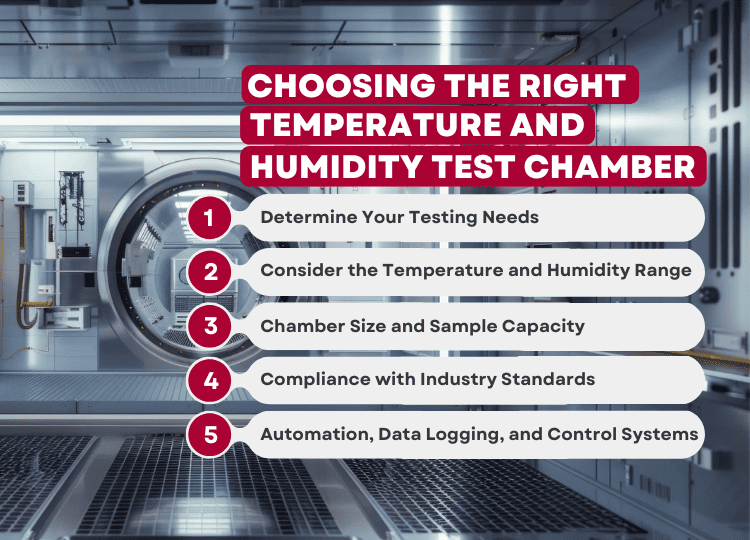
Selecting the right temperature and humidity test chamber depends on several factors, including testing requirements, industry standards, and sample size. A well-chosen chamber ensures accurate, repeatable, and compliant testing for product reliability.
1. Determine Your Testing Needs
Consider the environmental conditions your products will face. Do you need constant temperature and humidity, cyclic testing, or thermal shock simulations? Industries like electronics, automotive, and aerospace require chambers that replicate extreme environments to ensure durability.
2. Consider the Temperature and Humidity Range
Different materials react differently to temperature and moisture. A constant temperature and humidity test chamber is ideal for long-term stability testing, while programmable chambers allow for custom test cycles. Ensure the chamber meets the required IEC or ISO compliance for your industry.
3. Chamber Size and Sample Capacity
Small components can be tested in benchtop chambers, while walk-in chambers accommodate large equipment or bulk samples. Choose a size that fits current and future testing needs to optimize laboratory efficiency.
4. Compliance with Industry Standards
Ensure the chamber meets ISO, IEC, or MIL-STD regulations based on your industry.
- IEC 60068 – Electronics & electrical appliances
- ISO 16750 – Automotive components
- ISO 11607 – Medical products & sterile packaging
- MIL-STD-810 – Aerospace & defense applications
5. Automation, Data Logging, and Control Systems
Modern chambers offer programmable test cycles, real-time monitoring, and automated reporting. These features help maintain consistent results and regulatory compliance, reducing manual errors.
A temperature and humidity test chamber is a critical investment in product quality and compliance. Selecting the right model ensures that your materials, components, and products can withstand real-world environmental conditions before market release.
Final Thoughts
Environmental factors like temperature fluctuations and humidity exposure can significantly impact product performance and lifespan. A temperature and humidity test chamber allows you to simulate these conditions in a controlled environment, ensuring your materials, components, and finished products meet industry standards and real-world demands.
As industries continue to advance, the need for precise and repeatable environmental testing grows. Investing in a temperature humidity test chamber helps you minimize failure risks, improve product design, and maintain customer trust.
If you have specific testing requirements, contact us to design a custom solution tailored to your needs.

